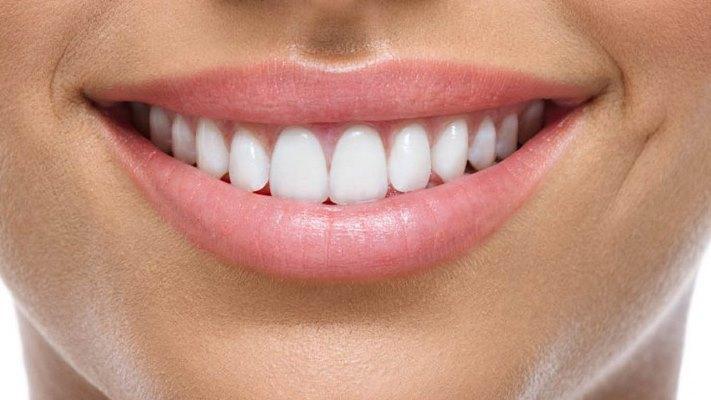The study showed that although the use of artificial intelligence in smile design still requires further understanding of the relationship between facial features and human aesthetic perception, it can already be used for symmetrical faces and the results will be satisfactory.

Digital smile design (DSD) programs have become an important tool in dental treatment, allowing dentists and patients to plan procedures in harmony with the entire face. A recent innovation in DSD is the integration of artificial intelligence (AI). A study conducted in Turkey compared the aesthetic preferences of dental professionals, dental students and laypeople for manual and AI-generated smile designs, taking into account factors such as gender, professional experience and specialty. The findings provide insight into the potential of AI in DSD.
Four cases representing the major smile design groups were selected for the study. They were selected based on the relationships between trichion, glabella, subnasal and menton, which are critical to smile design, using the concept of “facial flow”, which is directly related to the direction of facial structures. In case 1, the facial flow was shown to the right side, in case 2 – to the left side, in case 3 the nose and chin were directed in different directions, and in case 4 there was a symmetrical face.
For each case, two smile designs were created using the Smile Designer application: one in AI mode and the other manually. The app uses Microsoft Face API, a robust AI tool with facial recognition capabilities. The API identifies 68 facial landmarks needed to determine a patient's face type and corresponding tooth sizes, providing an accurate and personalized treatment plan.
An online survey was conducted to collect information about these designs. 807 participants were divided into three professional groups – dentists, dental students and other professionals (lay) – and were surveyed to determine professional knowledge, experience in smile design and use of a smile design program in the field of dentistry. They were then asked to choose which AI-generated or hand-created design they found more attractive in each case.
The socio-demographic breakdown showed that the majority of dentists had between 0 and 4 years of experience and were general practitioners. Nearly half of the lay population and more than half of the dental students were familiar with esthetic smile design. Age, education, and clinical experience did not influence aesthetic preference.
Cases 1-3 involved dentists who used smile design software and dentists who did not prefer manual designs. However, in Case 4, dentists who used smile design software preferred the manually created design, while those who did not preferred the AI-generated design. In case 3, orthodontists particularly preferred the AI-generated design. The authors speculated that this could be due to their familiarity with AI values or experience with treatment based on the landmarks used.
Aesthetic preferences differed significantly between all three professional groups in cases 1–3, but not significantly in case 4. The authors suggested that dentists' esthetic perceptions may differ from those of laypeople in complex cases. There were significant differences in certain cases, such as between dentists, dental students and lay people. The survey found a general perception gap between dentists and lay people, but for symmetrical faces, AI-generated designs were acceptable to both dentists and lay people, suggesting potential time savings for clinicians in such cases.
The challenge of introducing AI is to realize that faces and smiles are not always symmetrical. Research has found a link between facial symmetry and perceived beauty, but the critical guidelines used in designing smiles on asymmetrical faces for AI use still need research. AI relies on mathematical models to create symmetrical smiles. But since facial expressions take into account human perception, creating more natural smiles for both symmetrical and asymmetrical faces is possible. While AI-driven DSD works well for symmetrical faces, manual methods may be better for asymmetrical cases. Given the origins of AI in healthcare, there is a possibility of misinterpretations due to algorithmic limitations. Thus, the authors recommended further research into optimizing AI in DSD and understanding aesthetic perception.
